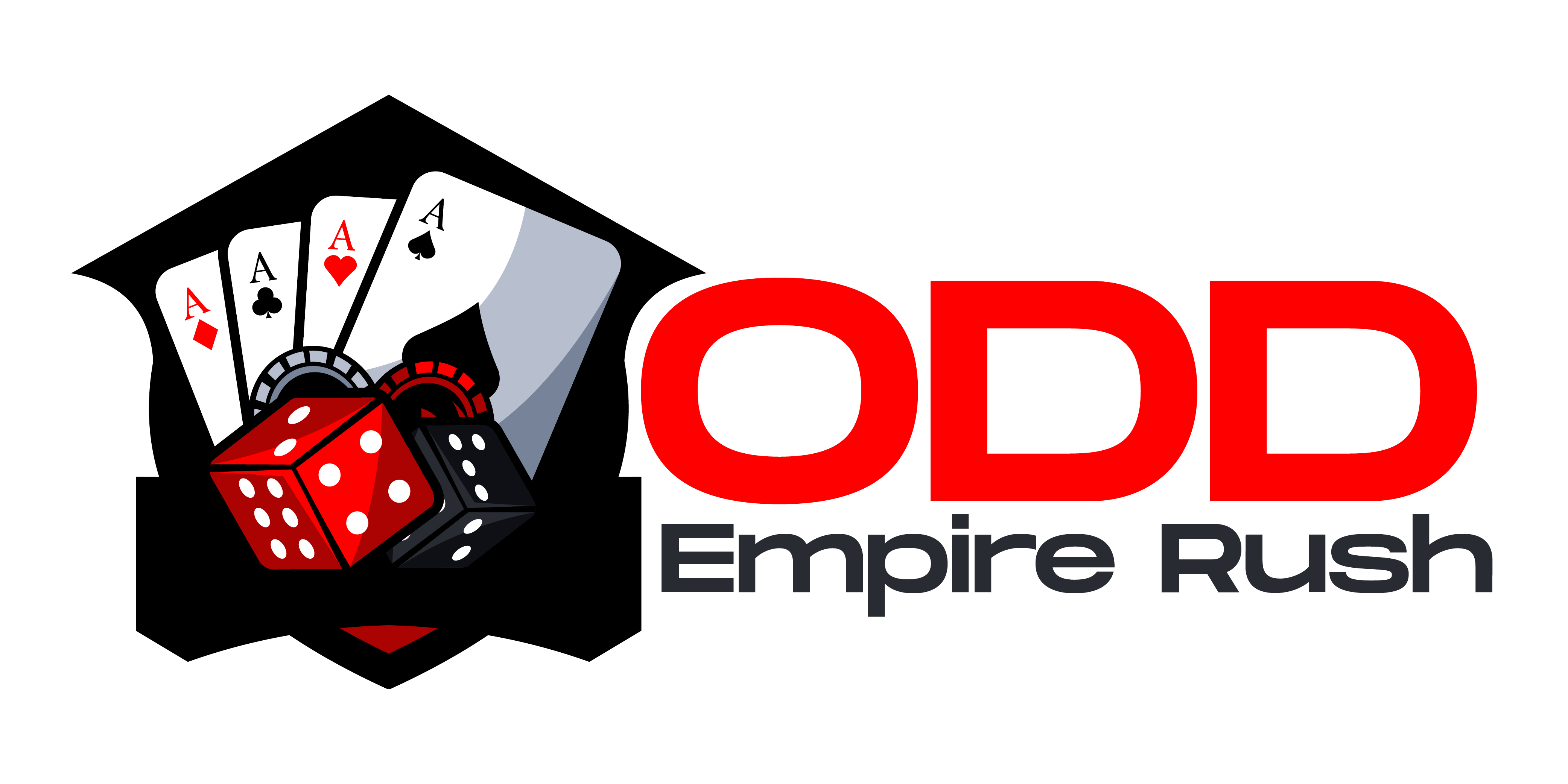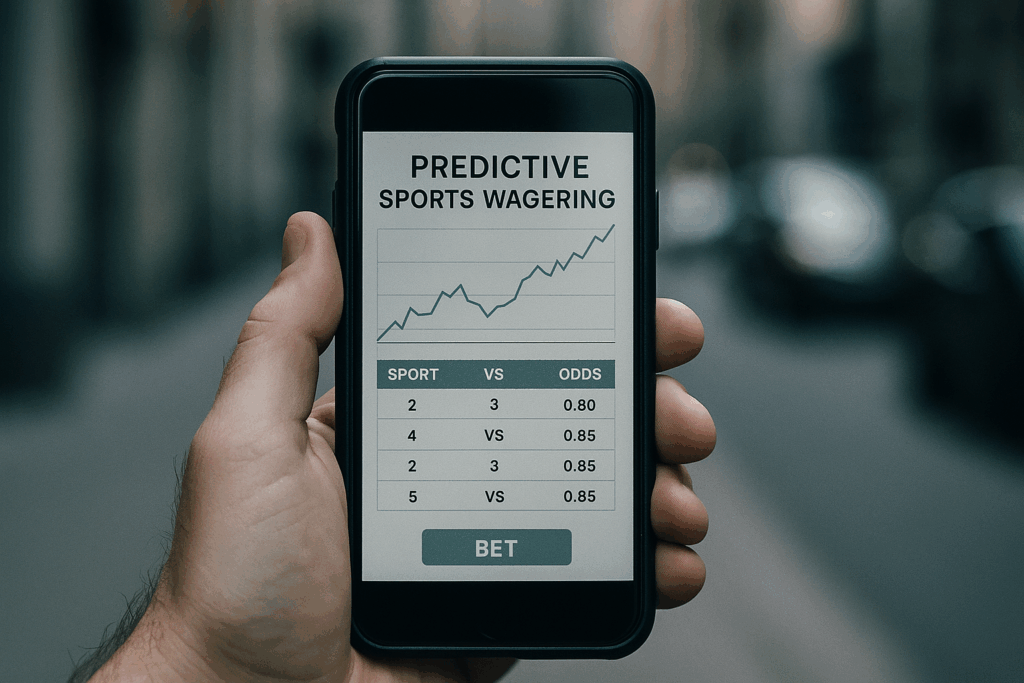Why Historical Data Matters in Betting
There’s a reason veteran bettors don’t just operate off a hunch. Past performance—when viewed in context—offers valuable signals for what might come next. It’s not about fortune telling. It’s about stacking probabilities in your favor, based on patterns that repeat more often than chance would suggest.
Raw instinct can cloud judgment. People tend to remember the wins that felt right and forget the losses rooted in poor logic. That’s where data cuts through noise. Looking at win/loss records, point differentials, or player form over time helps remove bias. You’re no longer betting because a team feels hot—you’re betting because the stats back it up over a meaningful stretch.
Still, not all trends are worth following. Chasing short-term streaks or ignoring deeper signals—like fatigue, schedule strength, or unfavorable matchups—leads to bad calls. It’s easy to fall for recency bias or overreact to one freak outcome. But by zooming out and seeing the bigger arc, you make smarter, more consistent bets. That edge adds up.
Bottom line: Gut can give you a nudge. Data gives you a foundation. Use both—but let the numbers lead when the stakes are real.
Building Your Betting Foundation with Data
If you’re serious about sharpening your bets, you need to start with the right data. Not all information is created equal, and chasing noise won’t get you far. The key data points that matter most: match stats, player performance, weather, and odds movements.
Match stats give you the backbone—everything from goal rates to possession trends. Player performance tells you more than just who’s on the field; it tells you who’s actually making an impact. Weather, while often overlooked, can shift the outcome more than you’d think. Wet pitch? That top-speed winger just lost an edge. And then there’s odds movement—when the line shifts fast, the crowd (or insiders) know something.
But collecting numbers isn’t enough. You also need to understand context. A team on a hot five-game streak could be playing weaker opponents. That kind of ‘form’ can’t compare to a team’s dominance over the same opponent across multiple seasons. Short-term vs. long-term performance—that’s the balance.
To get this right, you need good sources. Tools like FBref, SofaScore, and OddsPortal provide deep historical data worth your time. Public APIs and premium services like StatsBomb or Betfair Pro give you an even stronger edge. Build a habit around checking your data sources before placing anything. Guessing is for amateurs.
Solid data doesn’t guarantee a win. But it gives you a real reason to place the bet—and that’s where strategy lives.
Trend-Finding: What the Numbers Reveal
Long-term trends don’t lie. Teams and players develop patterns—some obvious, some buried under years of data. If you’re willing to dig, you’ll find opportunities others miss.
Start with team behavior. Home vs. away splits are often sharper than most bettors think. Some squads thrive in their own stadiums, feeding off crowd energy or benefiting from familiar pitch conditions. Others show surprisingly consistent form on the road. Then there’s scoring tendencies. Does a mid-table team score heavily early in the season and fade when weather changes? You’ll only know if you zoom out beyond a single schedule.
Next, take a hard look at player consistency. Look past a hot streak or two—break down the variance. A striker netting 6 goals in 3 matches sounds great until you see they’ve done nothing in the 12 before that. Sample size is everything. You want players who support your logic with steady output over months, not moments.
Here’s a real-world case: A bettor researching an underdog team noticed they had a 3-year trend of scoring twice as many away goals between September and November. Why? Mild weather, opponents in early-season turnover, less travel fatigue. Based on that data, they backed an over/under goal line bet that hit, despite market odds leaning the other way.
If you’re willing to spot the patterns—and smart enough to know what not to overreact to—historical trends can be one of your sharpest tools.
Practical Application for Better Bets
Using historical data doesn’t mean building something complex. One of the simplest ways to level up your betting decisions is by using basic historical averages. Tally past performance—goals scored, point spreads covered, average margins—and use that as a baseline for expectations. You’re not building a crystal ball. You’re spotting what’s typical, then checking if current betting lines deviate too far from that baseline.
Let’s say a football team averages 1.8 goals at home over the last 50 matches, but the line is hovering around 2.5. That’s your signal to look closer. Maybe something changed—or maybe the line is off. Either way, you’re not guessing. You’re measuring.
But here’s the catch: raw data doesn’t always tell the full story. Weather, injuries, motivation—these things don’t show up in spreadsheets. Know when to trust the model and when to step back. It’s not about numbers alone, it’s about timing your trust in them.
And just like you track teams, track yourself. Logging your bets—the logic behind each one, the outcome, and how it aligns with historical data—gives you a clear view of what’s working. It’s not about being perfect. It’s about getting sharper every week.
Blending Data With Smarter Decision Making
Historical data is powerful—but it’s not a crystal ball. One of the biggest mistakes bettors make is overfitting, where you rely too heavily on past trends and force them to explain too much. Just because a team went 6-1 against the spread on rainy Thursdays doesn’t mean that trend will hold. Context matters, and blindly leaning on the numbers can trap you in patterns that don’t actually predict future results.
That’s where qualitative insight pulls its weight. Knowing a striker is fresh off an injury or that locker room morale is tanking after a trade can shift outcomes more than any chart. Same goes for travel fatigue, unexpected lineup changes, or even weather that hasn’t hit the forecast yet. This is the side of betting the bots can’t fully touch.
The real edge comes from balancing both worlds—the cold stats and the messy, human elements. Numbers tell you what’s likely. Everything else explains why it might not happen. For a smart middle ground, check out this guide on Combining Expert Opinions with Statistical Models.
Final Takeaways
Let’s not overcomplicate it. Historical data is a tool, not a crutch. If you’re investing too much time building elaborate spreadsheets or second-guessing every line, you’re probably going too far. Instead, stick to a streamlined process: identify 3–5 metrics you trust (like team form over the last 10 games, average goals scored, or head-to-head outcomes), and check them consistently before placing a bet.
Discipline separates hobbyists from long-term winners. A random win may feel great, but it’s consistency—tracking data, applying the same filters, betting within limits—that stacks up over months. If your process works, don’t abandon it after one off week. If it doesn’t, tweak. But always know why you’re making changes.
Lastly, good betting isn’t static. Keep logs. Review what worked, what flopped, and why. Test one variable at a time: maybe odds under 2.00 in certain leagues perform worse for you, or maybe wet weather throws everything off. Rinse, refine, repeat. The past won’t predict the future perfectly. But if you treat it with respect—and discipline—it’ll make you sharper than most.


 Irving Burnsenal is a contributing author at oddsempirerush.com. With a passion for sports analysis and data-driven writing, he provides readers with clear insights into betting strategies and industry trends.
Irving Burnsenal is a contributing author at oddsempirerush.com. With a passion for sports analysis and data-driven writing, he provides readers with clear insights into betting strategies and industry trends.

